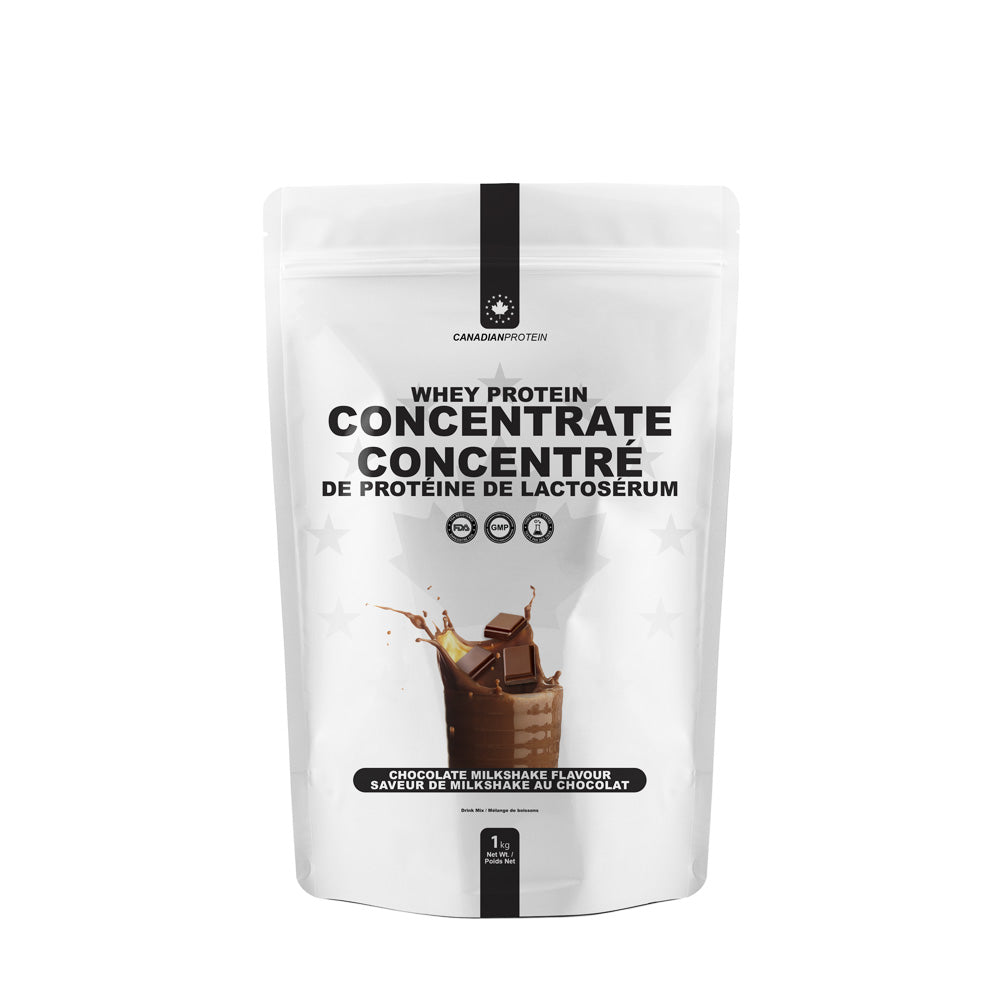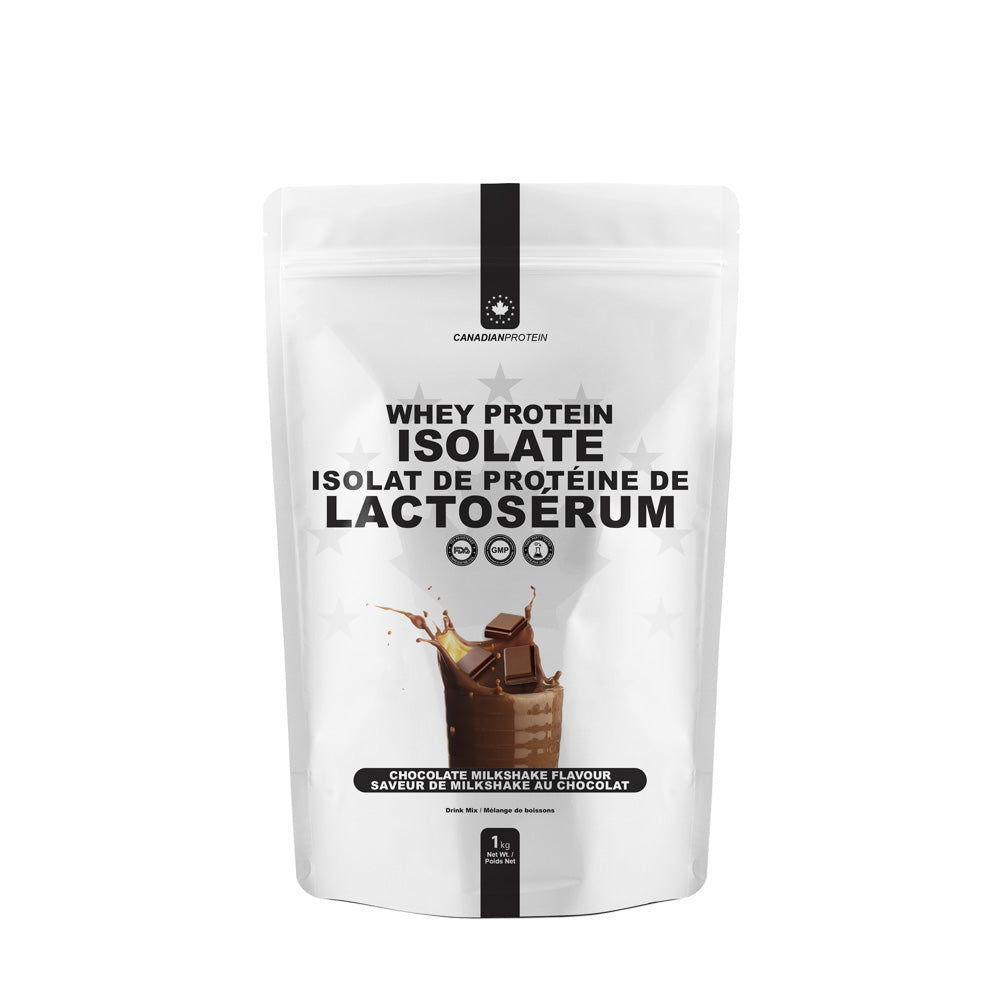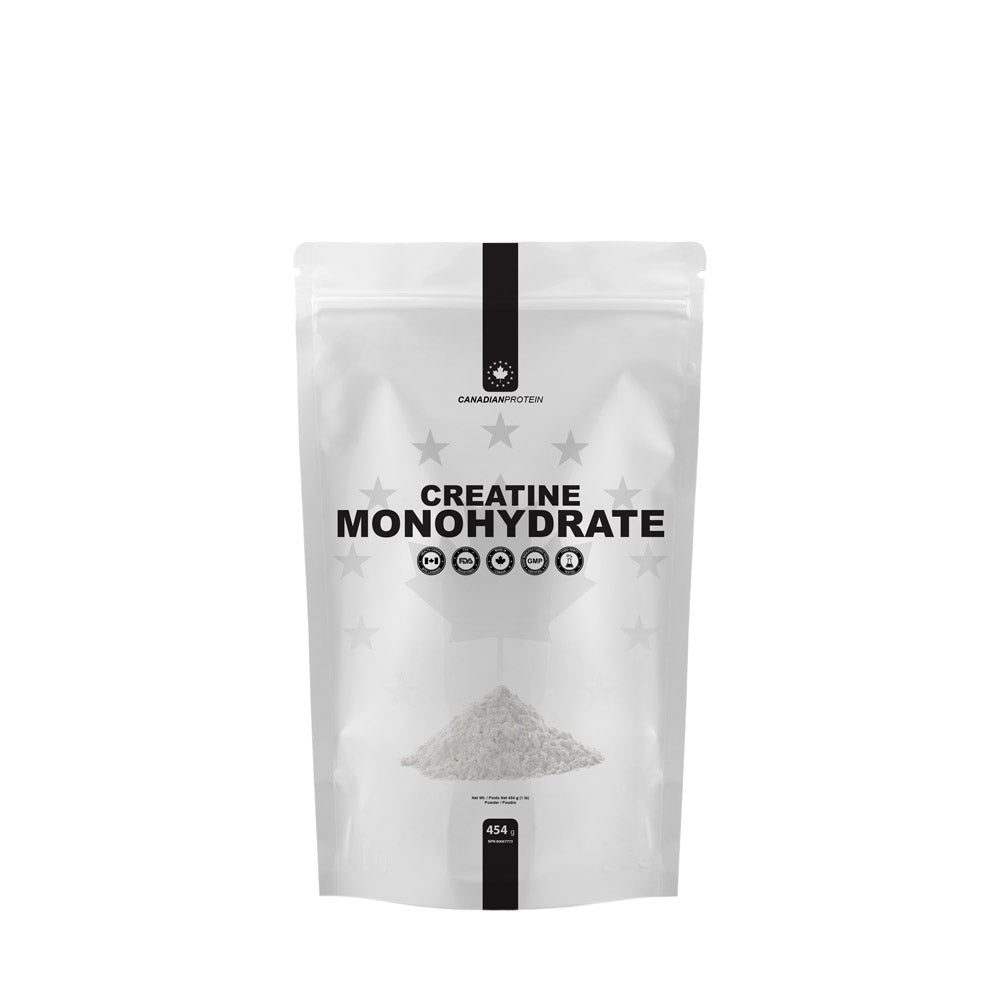Hypothetically speaking of course, if you were given the chance to wake up the next morning with the physique of your choosing, which would you go for? A flabby, pasty, weak, and overweight body with scrawny arms and a beer belly, or a lean, ripped, muscular, powerful looking body that would make a Greek God jealous? The majority of you would almost certainly opt for the Greek God-esque physique and we wouldn’t blame you in the slightest. Unfortunately, life doesn’t work that way and there are no methods of taking shortcuts to build the body of your dreams. There aren’t quick foxes or magic genies in bottles, but there are most certainly ways of building the body you’ve always wanted, although you must be in it for the long-haul because as the saying goes “Rome wasn’t built in a day”. Many of us would like to increase our muscle mass, build up our strength, and probably lose a little, or a lot, of body fat in the process. Well, if you’re one of these people, what’s stopping you? It’s no secret that healthy eating and exercise, whilst being very beneficial for our health, can help to dramatically improve our physiques, so a great place to begin would be with your diet and exercise routines. Oh, you don’t have an exercise routine and you eat what you like? There’s part of your problem right away. Worry not however, because by the time you’ve finished reading our ultimate guide on building strength and muscle, your motivation levels will be through the roof, as will be your self-belief levels, your work ethic, and your commitment to eat right and train smart. Ready to start building your dream physique? Let’s get started in that case.
Determine what your goals actually are

Before you go any further, the very first thing you should do before you begin your new eating and training routine is to determine what your goals actually are. “A life without goals is like a ship lost on the ocean with no map”. We need goals to help steer us in the right direction, they help keep us on track, they motivate us to never give up and to keep on pushing through times of hardship and negativity, and above all else, they give us a goal and purpose. Are you looking to build a bodybuilder physique for example? If you are, you’ll need to train and eat like a bodybuilder. Perhaps you’re just trying to get bulkier and stronger, or perhaps you’re looking at burning fat and toning up a little. Whatever your fitness and physique goals may be, once you’ve determined what they actually are, all of a sudden everything will seem far less daunting and will begin to fall neatly into place for you.
Know the basics and don’t overcomplicate things
We human beings have an extraordinary knack of over-thinking and overcomplicating things when in fact, on the surface, they’re decidedly straight forward. Losing weight is a prime example of this. If you take a guy who used to eat fast food several times per week, and get his exercise from getting off the sofa from his games console, and walking a few feet into the kitchen to grab a beer from the fridge, and basically got him to get some form of physical exercise 2 – 3 times per week, and to eat more fresh and healthy produce with plenty of vegetables, he would lose weight and become healthier. Some people however, would overcomplicate things for him by telling him to only eat certain foods at certain times, to count his macros, to exercise anaerobically one day, and aerobically the next, and to never eat carbs past 6pm. Why? This guy’s spent most of his life sat on his butt watching TV, eating junk food, and playing video games all day. He probably doesn’t realise what aerobic and anaerobic exercise is, or what a macro is. The simple reality is that any lifestyle change which incorporates healthy elements into his life is going to make a difference, and once he does become fitter, healthier, and more knowledgeable regarding health and fitness, then perhaps you can get a little more in-depth but in the mean time, stop overcomplicating things! Want to make things as simple for you as possible? Ok, take a look at this:
• Lift weights
• Eat healthy
• Do some cardio
• Get plenty of rest
There you go, of course it’s more in-depth than that, but you now have the basics down to a tee.
Training

Lift weights and find the right equipment
The content of this article is all about building muscle and increasing strength, so, not surprisingly, one of the most important things you need to do is lift weights. Well, now we’ve told you to lift weights so we can move on. Ok, you probably do need a little, or a lot, more info than that so here we go. If you’re looking to build muscle and get stronger, you will need access to a gym, or at least a selection of home gym equipment, though a gym itself will be far more practical. The gym needs to include a selection of free weights such as barbells, dumbbells, EZ bars, etc, along with plenty of machines as well, including cardio equipment.
Compound exercises
As the goal here is muscle growth and strength, you should ideally base the majority of your workouts on compound exercises, typically around 60% compound exercises and 40% isolation exercises. A compound exercise is an exercise which recruits multiple muscle groups simultaneously during each exercise. The barbell bench press is a great example because although the primary muscle group it works is the pectorals (chest), it also works the triceps, the deltoids, the core, and even your lower back. That means that with that one exercise, your chest obviously benefits the most, but you’re also training your core, shoulders, triceps, and lower back in the process. Compare this to a chest press machine, which is designed to isolate the muscles, and you only work your chest. This isn’t a bad thing of course, but as far as muscle growth is concerned, stick mainly to compound exercises and finish off with a few machine-based exercises.
Train each muscle group at least TWICE per week

Most bodybuilders these days follow what is known as a 5-day split, which means they exercise 5 days per week, and train one muscle group for each day of the week. These bodybuilders however, already have the muscle and the foundation to build upon and are only looking to make gradual changes. You however, are looking to build a substantial amount of muscle which means you need a lot of volume. Because of this, stay away from 5 day splits and look for workouts and programs that allow you to train each muscle group twice per week instead. Volume = growth so what do you think is better, training chest once per week, which will equal 52 chest workouts per year, or training chest twice per week, which will equal 104 chest workouts each year? More volume equals more growth so perhaps follow a routine that looks something like this:
Mon: Chest/arms/abs
Tues: Shoulders/back/legs
Wed: Cardio
Thurs: Chest/arms/abs
Fri: Shoulders/back/legs
Train heavy
Another great way of not only stimulating new growth, but also of increasing your strength in the process, is to ensure you train heavy and really push yourself during your workouts. By training heavy, we don’t mean loading up the bar with 500lbs and breaking your back trying to deadlift it, we mean choosing a weight that you can work with, but still tests you once you reach a certain number of reps. Look to choose a weight that begins to test you once you reach around 6 – 8 reps, and aim for between 8 – 12 reps per working set. If you choose a weight, you reach 12 reps and yet could comfortably have performed another few reps, the weight is too light so make it a little heavier the next time around.
Drop sets
When it comes to new muscle growth, drop sets are absolutely fantastic for so many reasons. Drop sets allow you to really fatigue your muscles and really do some good damage to the tiny fibres that make up your muscles. Although damaging your muscles may sound detrimental, in reality that’s how we grow, when we damage and breakdown muscle fibres, so that the body can repair and rebuild them even bigger and stronger than before. On your last working set of certain exercises, pump out 8 – 12 reps, and immediately strip a little weight off or make the weight stack slightly lighter, and again go for another 8 reps, strip more weight off, go for another 8 reps and so on. By the time you’ve finished your muscles will literally feel as if they’re on fire which is exactly what you want.
Diet and nutrition

As far as muscle growth goes, unfortunately training in the gym is the easy part, it’s the diet and nutritional aspects that are especially difficult. We don’t grow in the gym, we grow in the kitchen, as many consider the art of building muscle to be a combination of around 30% training, and 70% diet and nutrition. Put simply, you can lift all the weights you like, follow the greatest training routine in the world, and train 5/6 times per week, but if your diet and nutrition isn’t up to scratch, you’re basically wasting your time and you may as well not bother. Here’s a look at some of the most important diet and nutrition basics for building muscle and increasing your strength.
Protein
If you want to build muscle then you’re going to have to consume protein, and lots of it, spaced out evenly throughout the day. Protein plays a key role in the growth, repair, and function of muscle tissue, not to mention our cells as a whole, which is why so many bodybuilders rely so heavily upon it for added growth. Get your protein from clean and healthy sources such as:
• Chicken
• Turkey
• Grass-fed beef
• Fish
• Seafood
• Organic eggs
• Cottage cheese
• Organic nuts and seeds
• Protein supplements
We included protein supplements on the list but you should ensure you don’t rely on them for your protein, but we’ll cover that in more depth a little further on. As you’re looking to build muscle rather than maintain it, ideally you will need between 1.5 and 2 grams of protein per pound of bodyweight. If you weigh 200lbs for example, your daily protein intake should be between 300 and 400 grams, the closer to 400 the better. Space your meals out each day, and look for no more than 35 grams of protein with each meal.
Eat for your goals
Again, not all of us have the same goals so some of you will need to adjust your diets accordingly. For example, if you’re trying to keep your body fat under control whilst building muscle, you’ll want to watch your caloric intake and stay away from unhealthy foods and fat sources. If you’re training primarily for strength, you’ll probably want to ramp up your calories making sure to include plenty of carbs in there for good measure.
Always eat your veggies

It doesn’t matter whether you’re trying to lose fat, build muscle, get bigger, get stronger, or anything else for that matter, you should always ensure you get your 5 servings of fresh fruits and vegetables each day, with most of them coming from vegetables as they’re lower in natural sugars than fruits. Vegetables are packed full of antioxidants, vitamins, minerals, and other nutrients that will not only aid in muscle recovery, but will also keep you fit and healthy in general.
Don’t rely on supplements
One of the main problems that those new to working out tend to encounter, is that they get suckered in by clever marketing and advertising by supplement companies, and they spend a fortune on supplements that would have been much better spent on whole foods instead. When starting out, all you really need is a good quality whey protein powder, a multi-vitamin, and an omega 3 supplement.













